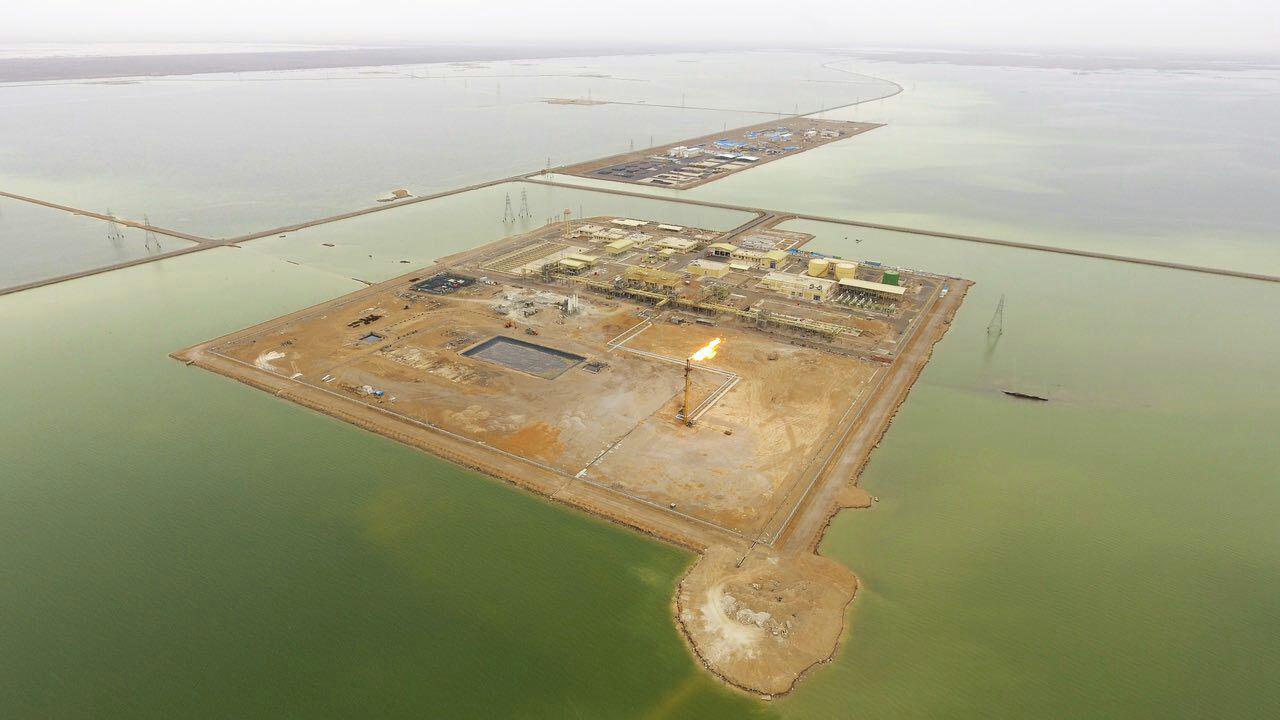Restoring relations with oil majors and raising crude production top Iran Oil Ministry's priority list, Bijan Namdar Zanganeh, the oil minister, said.
In a letter to Ali Kardor, managing director of the National Iranian Oil Company, Zanganeh laid out a roadmap for expanding Iran oil and gas industry and assigned the NIOC chief to pursue the matter.
The directive, published on the NIOC website Saturday, stipulates without a timetable that "10 oil and gas deals based on a new model of contracts (dubbed as Iran Petroleum Contract)" should be signed with global energy firms.
It adds that transfer of technology should and will be an integral part of future oil and gas deals as the country needs cutting-edge technology and equipment to offset natural decline in extraction from aging oil and gas reservoirs.
The rapport with multinationals is part of efforts to "elevate the NIOC's stature in global upstream oil and gas exploration/production industry".
Household names, such as French energy giant Total S.A., were forced to leave following tighter international economic curbs imposed over Tehran's nuclear dispute in 2011 and 2012.
But the Rouhani administration has designed Iran new oil contracts (IPC) to replace a buyback model that reportedly did not appeal to foreign oil majors even before the tightening of sanctions.
Tehran unveiled 50 oil and gas fields and the first details of the new framework in late 2015, but it has yet to sign the first IPC contract against a backdrop of continued pressure and opposition against the new oil contracts by the political opponents of Rouhani and his administration.
The letter adds that Iran crude oil output should stabilize at 4 million barrels per day by the end of the current fiscal in March 2018 and envisages production capacity to reach 4.7 million barrels daily by 2021, which coincides with Rouhani's second and last term in office. Government data show Tehran is now producing around 3.9 million bpd.
Daily gas condensate production is set to reach 683,000 barrels by March and hit the 1 million-bpd mark in four years, according to the letter. Condensate is a type of ultra light crude found in South Pars Gas Field deposits.
The minister's letter attaches special importance on higher output from oilfields in the West Karoun oil block in southern Khuzestan Province, namely the North and South Azadegan, Yadavaran as well asYaran fields that is divided into the northern and southern sections.
The block's output is forecast to increase to 350,000bpd, up more than 50,000 barrels a day from the current level.
Meanwhile, gas production from South Pars, the giant field shared between Iran and Qatar in the Persian Gulf, is set to reach 620 million cubic meters per day upon the completion of phases 13, 14, 22, 23 and 24 of the mega project by March.


